Air compressors are essential tools used in various industries for a wide range of applications. Understanding the different types of air compressors and their specific uses can help you choose the right one for your needs. This guide explores the main types of air compressors and their common applications.
Reciprocating air compressors, also known as piston air compressors, are among the most common types of air compressors. They work by using a piston within a cylinder to compress air.
Types of Reciprocating Air Compressors
- **Single-Stage**: Compresses air in one stroke, suitable for low-pressure applications.
- **Two-Stage**: Compresses air in two stages, providing higher pressure, suitable for industrial applications.
Applications
Reciprocating air compressors are used in:
Automotive repair shops for powering pneumatic tools
Construction sites for operating jackhammers and nail guns
Manufacturing plants for general air supply
Rotary screw air compressors use two meshing helical screws, known as rotors, to compress air. They are known for their continuous operation and high efficiency.
Types of Rotary Screw Air Compressors
- **Oil-Injected**: Uses oil for lubrication and cooling, suitable for heavy-duty applications.
- **Oil-Free**: Does not use oil, ideal for applications where air purity is critical.
Applications
Rotary screw air compressors are used in:
Food and beverage industry for packaging and bottling
Pharmaceutical industry for manufacturing processes
Automotive industry for assembly lines and spray painting
Centrifugal air compressors, also known as dynamic compressors, use a rotating impeller to add velocity to the air, converting it to pressure. They are designed for continuous operation and high capacity.
Applications
Centrifugal air compressors are used in:
Petrochemical plants for processing and refining
Power generation plants for air separation and gas turbine systems
HVAC systems for large buildings and facilities
Direct-Connected Portable Air Compressor
Scroll air compressors use two spiral-shaped scrolls to compress air. One scroll remains stationary, while the other orbits around it, creating compression chambers that decrease in size, thus compressing the air.
Applications
Scroll air compressors are used in:
Medical and dental fields for equipment and instruments
Electronics industry for cleanroom environments
Refrigeration and air conditioning systems
Axial air compressors use a series of rotating and stationary blades to compress air. They are capable of delivering high flow rates and are typically used in applications requiring a continuous supply of air at high pressures.
Applications
Axial air compressors are used in:
Jet engines and aircraft propulsion systems
Gas turbines for power generation
Large industrial processes requiring a high volume of compressed air
When selecting an air compressor, consider the following factors:
Pressure Requirements
Determine the required pressure level for your application. Different compressors provide different pressure ranges, so choose one that meets your specific needs.
Flow Rate
The flow rate, measured in cubic feet per minute (CFM), indicates the volume of air the compressor can deliver. Ensure the compressor’s CFM rating matches the demand of your tools and equipment.
Duty Cycle
The duty cycle represents the percentage of time the compressor can operate without overheating. For continuous use, opt for a compressor with a high duty cycle.
Portability
Consider whether you need a stationary or portable compressor. Portable compressors are ideal for on-site work, while stationary units are suited for permanent installations.
Maintenance
Regular maintenance is crucial for the longevity and efficiency of your air compressor. Choose a model with easy access to components and a reliable service network.
Q: Can I use the same air compressor for different applications?
A: Yes, but ensure the compressor meets the pressure and flow requirements of each application. Some compressors are more versatile than others.
Q: What maintenance is required for an air compressor?
A: Regular maintenance includes checking and replacing air filters, lubricating moving parts, draining moisture from the tank, and inspecting hoses and connections for leaks.
Q: How do I determine the right size air compressor for my needs?
A: Consider the tools and equipment you will be using, their air consumption, and the total CFM required. Choose a compressor with a slightly higher CFM rating to ensure adequate performance.
Understanding the different types of air compressors and their specific applications can help you select the right one for your needs. Whether you require a compressor for industrial use, medical applications, or construction sites, there is a suitable option available to meet your requirements.
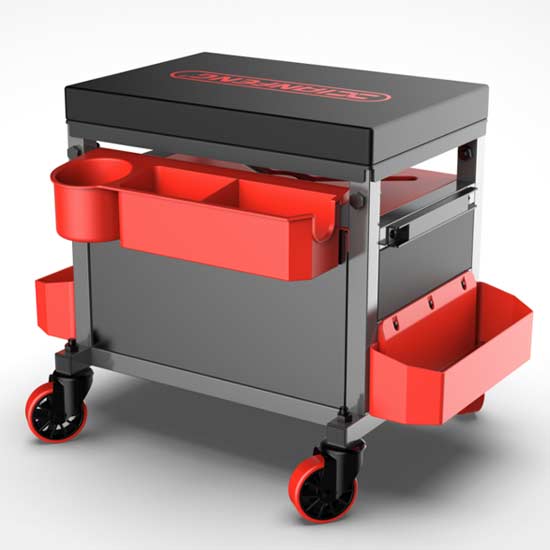 Tool seat
Tool seat
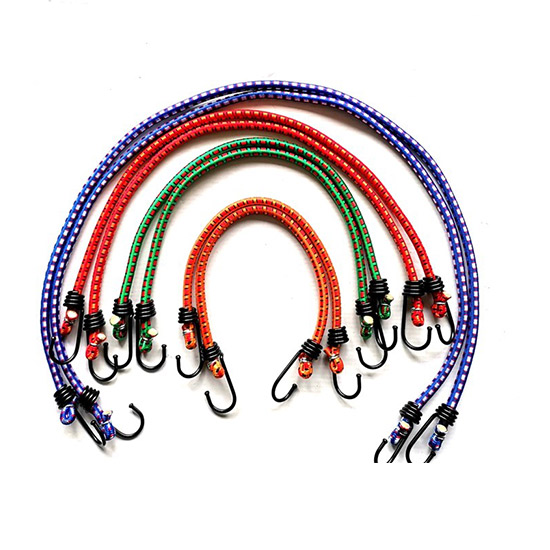 Stretch Cord
Stretch Cord
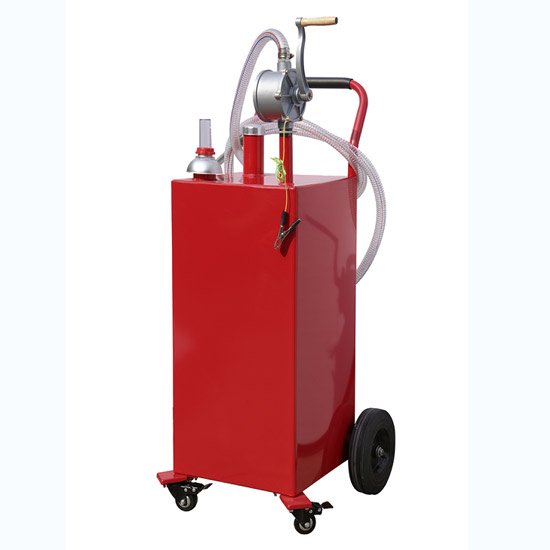 Oil Pump
Oil Pump
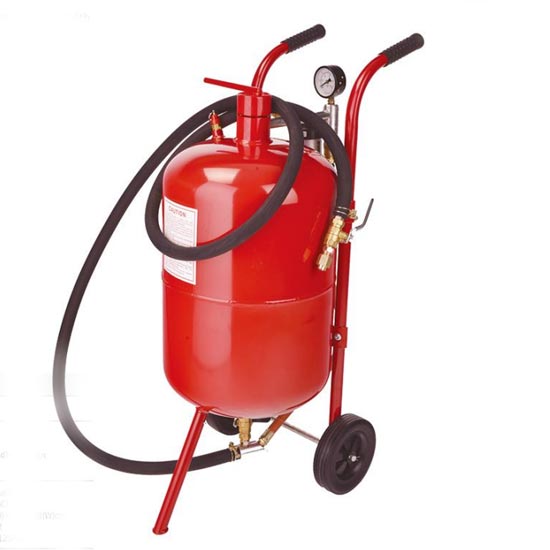 Sandblast Pot
Sandblast Pot
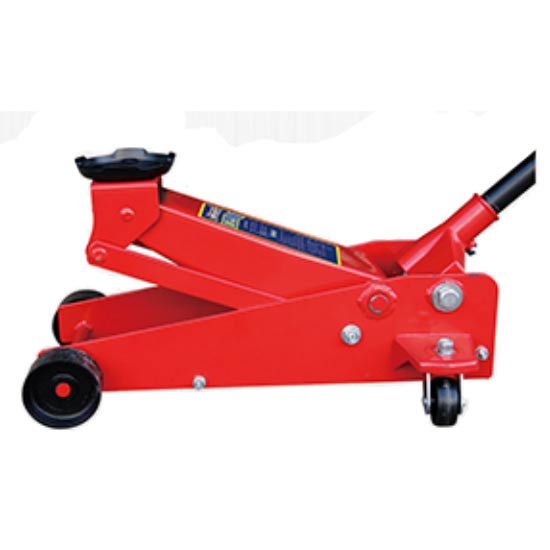 2.25 Ton Hydraulic Floor Jack
2.25 Ton Hydraulic Floor Jack
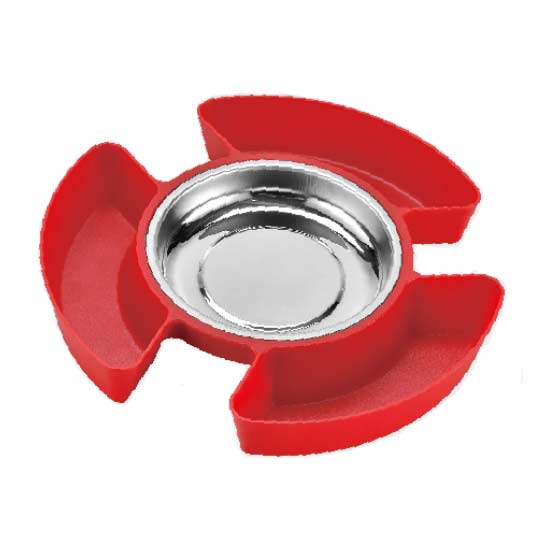 Magnetic Tray With Tool Plate
Magnetic Tray With Tool Plate
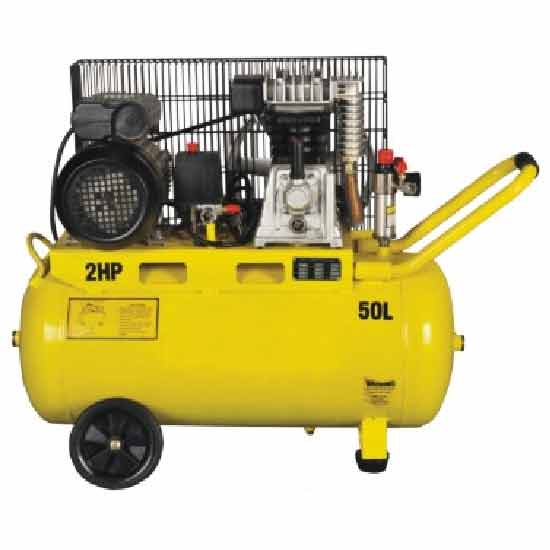 Single-stage Air-cool Movable Air Compressor
Single-stage Air-cool Movable Air Compressor
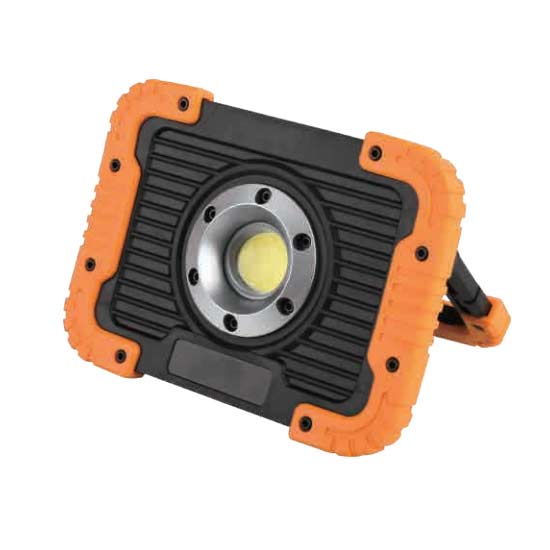 10W Rechargeable Led Flood Light
10W Rechargeable Led Flood Light
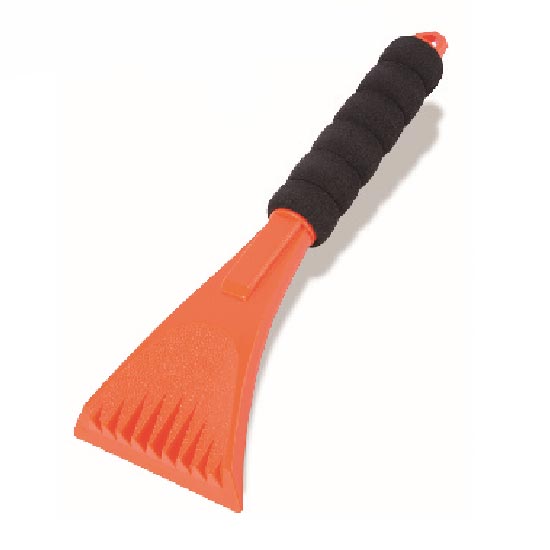 Ice Scraper
Ice Scraper
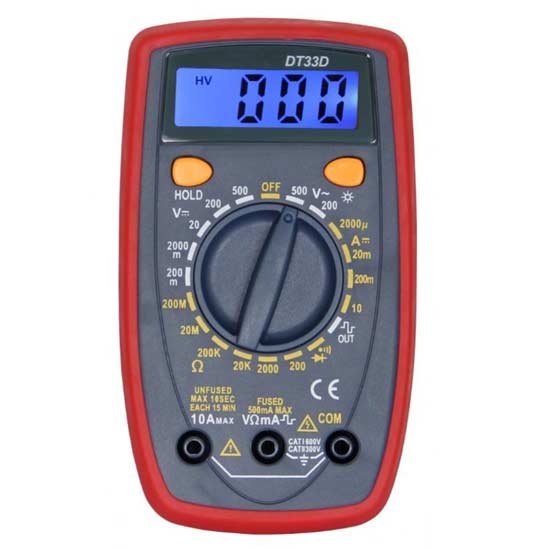 Small Multimeter with Backlight
Small Multimeter with Backlight
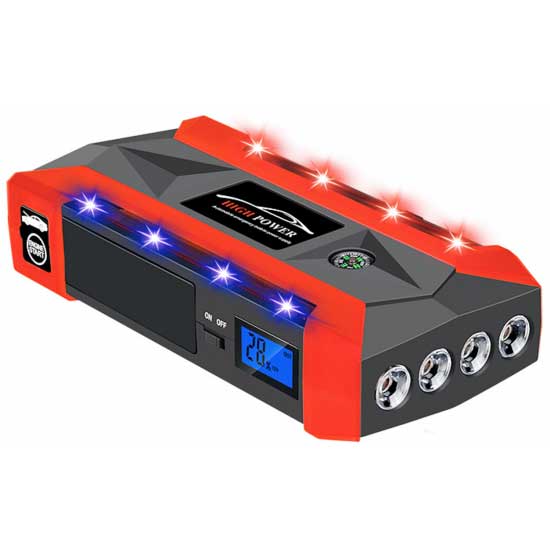 Jump Starter With 4 Led Lights
Jump Starter With 4 Led Lights
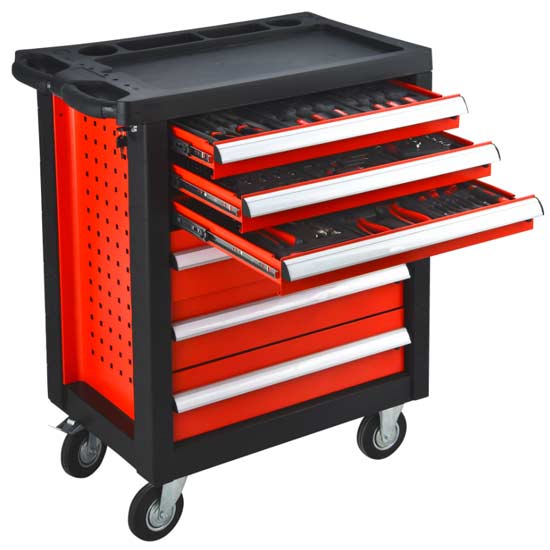 Steel Tool Cabinet
Steel Tool Cabinet
 Large Tool Cabinet
Large Tool Cabinet
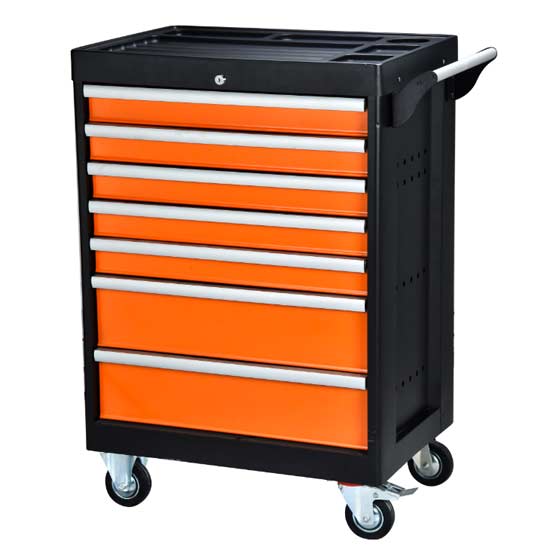 Tool Storage Cabinet
Tool Storage Cabinet
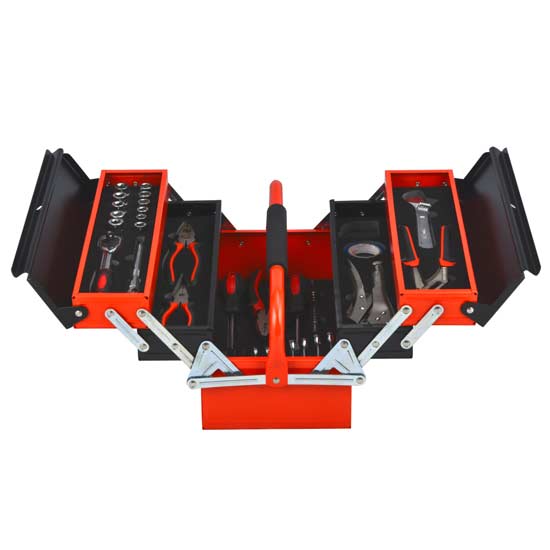 Metal Tool Box
Metal Tool Box
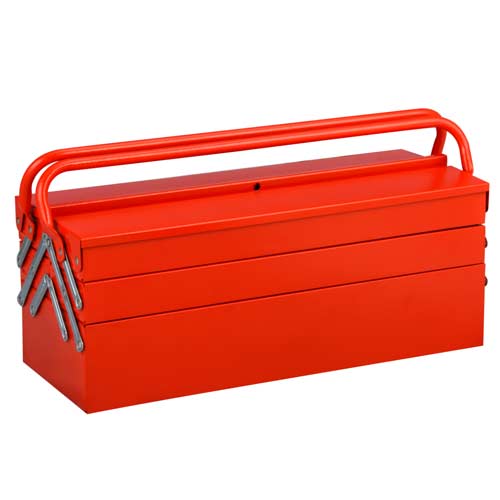 Large Metal Tool Storage Box
Large Metal Tool Storage Box
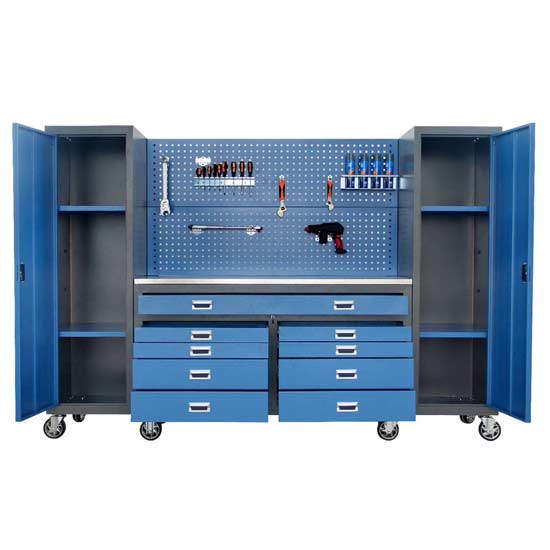 Blue Metal Tool Cabinet
Blue Metal Tool Cabinet
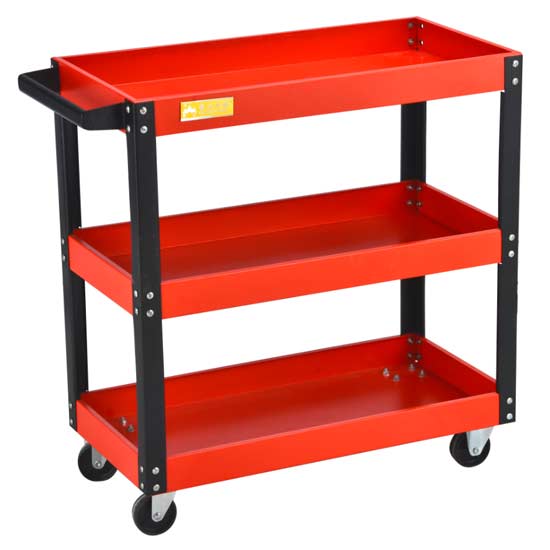 Red Steel Tool Trolley
Red Steel Tool Trolley
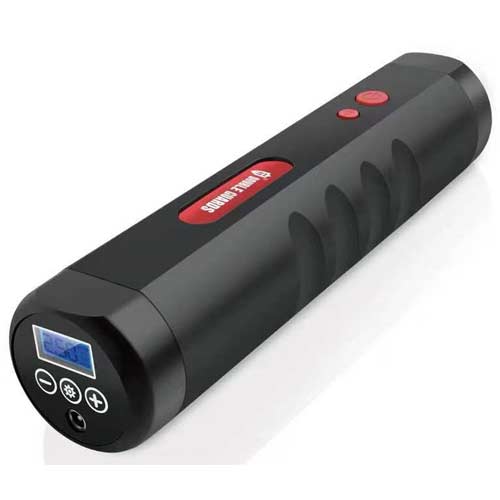 Portable Tire Inflator
Portable Tire Inflator
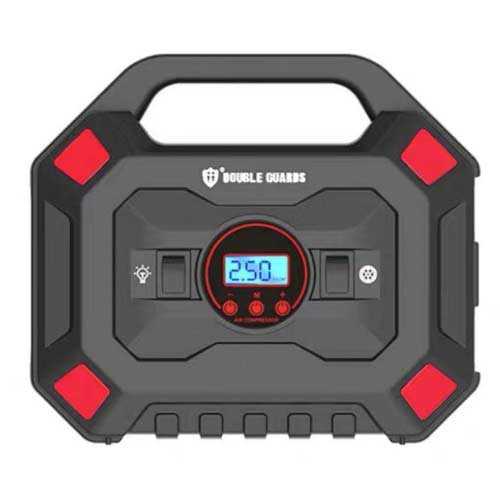 Custom Tire Inflator
Custom Tire Inflator
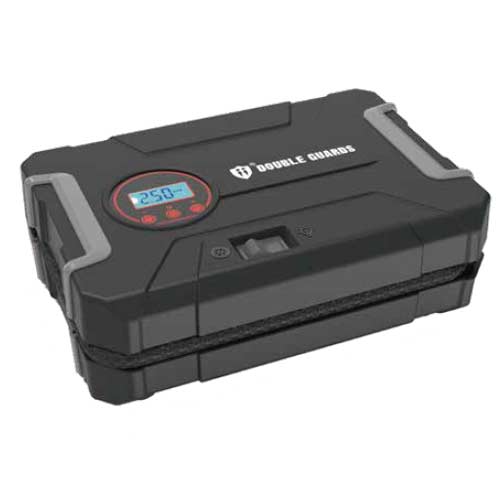 Tire Pressure Pump
Tire Pressure Pump
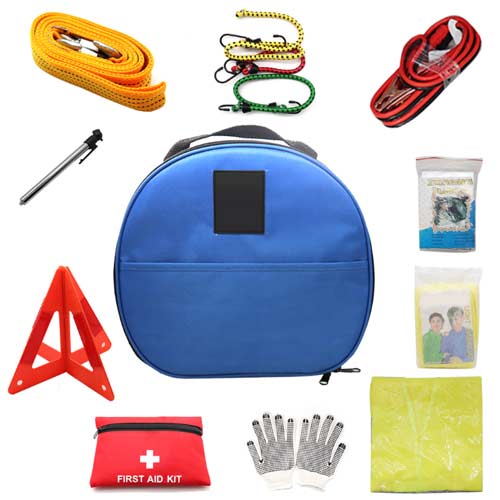 Auto Emergency kit
Auto Emergency kit